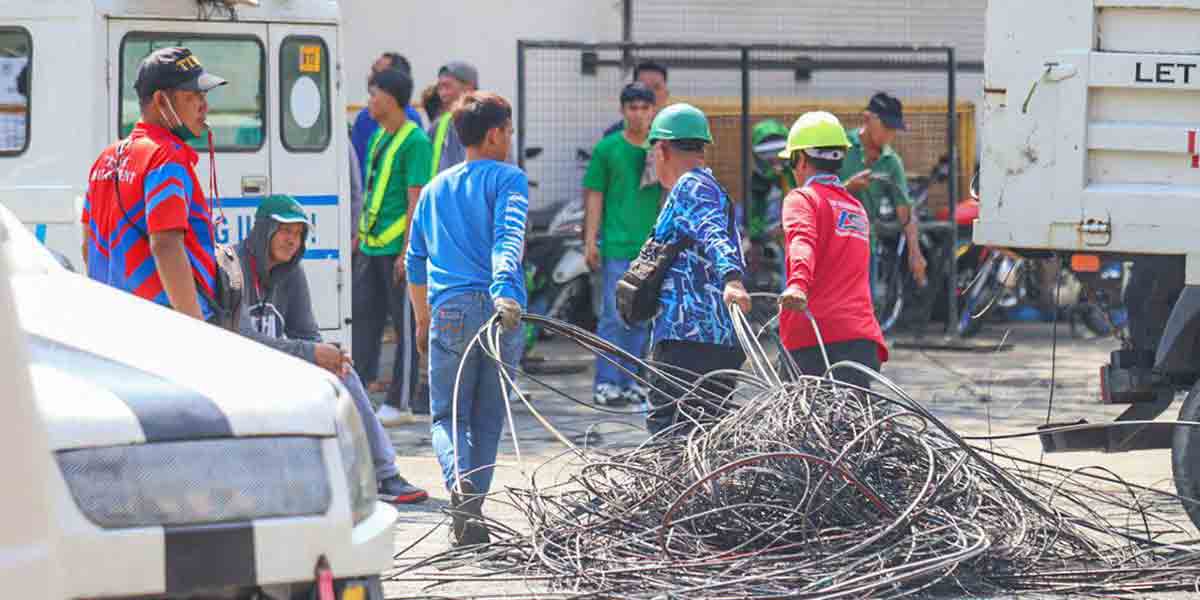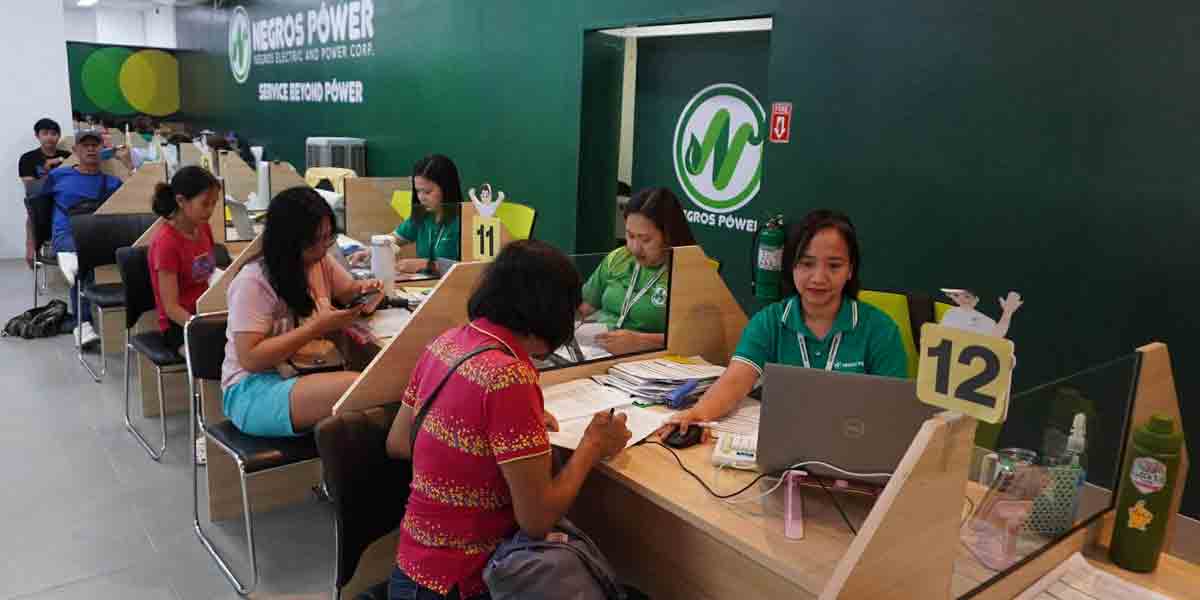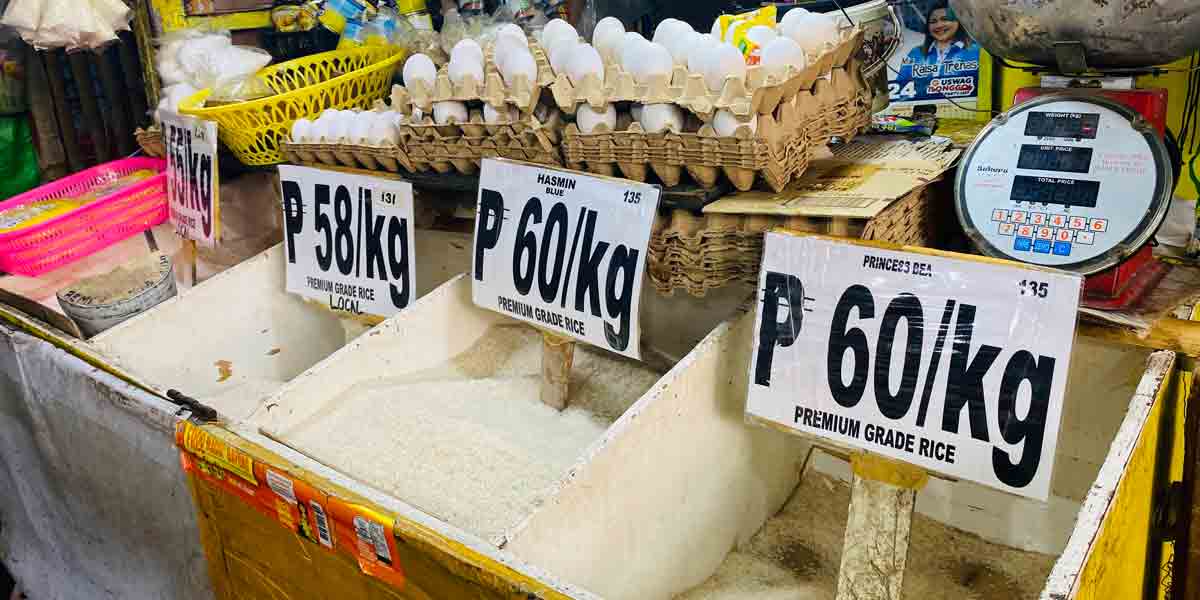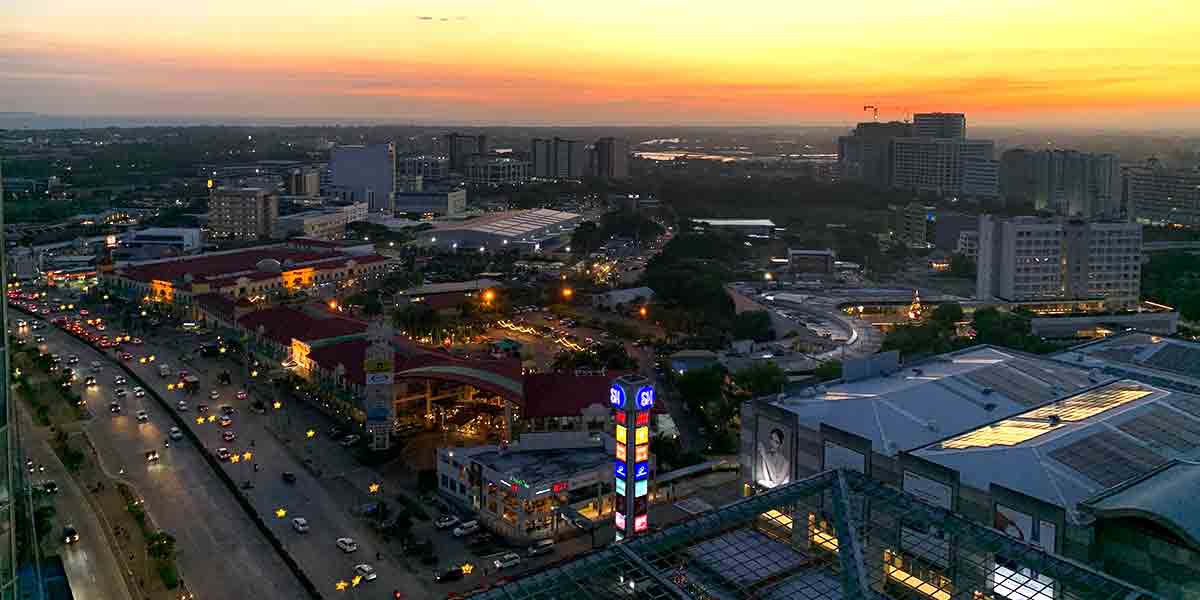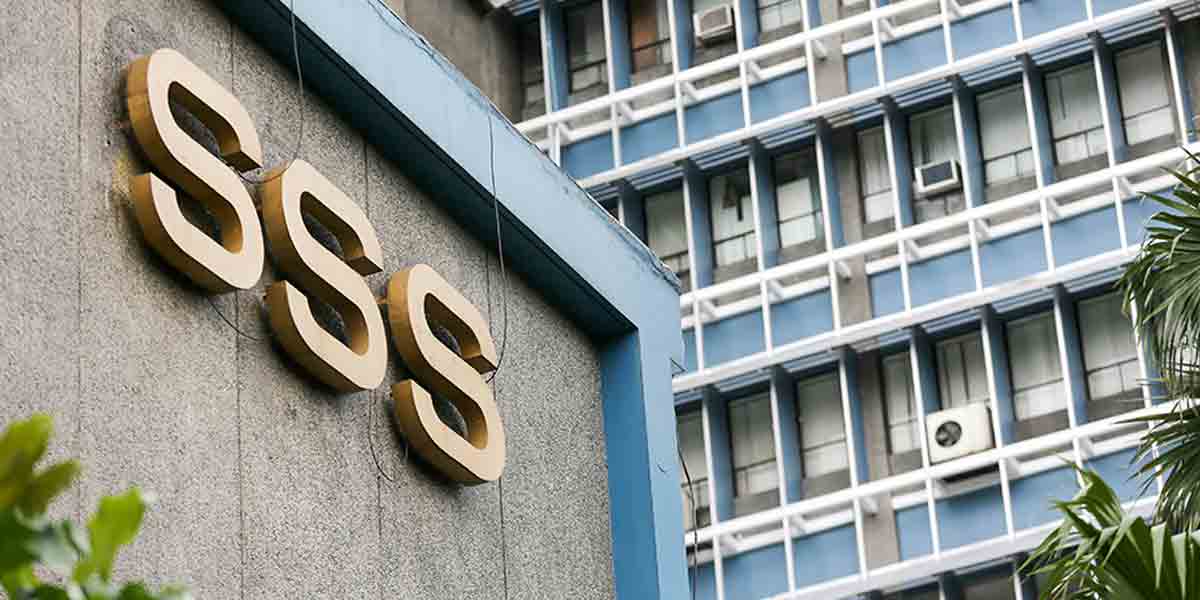By Jaime Aristotle B. Alip, PhD
January is “National Microinsurance Month” by virtue of Proclamation No. 1212, s. 2007. According to the proclamation, the first month of the year was chosen because it connotes a fresh start, especially for the disadvantaged sectors of Philippine society who are the intended beneficiaries of microinsurance. The observance of Microinsurance Month calls for the holding of activities that will promote understanding of the social and economic benefits of microinsurance, with the Insurance Commission (IC) and the Department of Finance (DOF) as lead government agencies.
What is microinsurance? And why is it necessary, especially in these uncertain times?
Microinsurance, like the name suggests, are insurance products for low-income groups or individuals who will otherwise not have access to financial services. Before, microinsurance was offered informally by microfinance and other grassroots organizations to help their members cope with economic losses, but in 2006, the IC recognized this beneficial initiative through Memorandum Circular (MC) 9-2006, which laid down the guidelines on microinsurance. It also lowered the initial guaranteed fund requirements of mutual benefit associations (MBAs) that are wholly engaged in microfinance.
Regulatory Framework
In 2010, the IC issued MC 1, which defined microinsurance, as well as the National Strategy and the Regulatory Framework for Microinsurance, which envisions a “viable and sustainable private insurance market” for the poor. Together with the Securities and Exchange Commission (SEC) and the Cooperative Development Authority (CDA), it issued another circular closing down informal insurance or insurance-like activities, while the Bangko Sentral ng Pilipinas (BSP) came out with a circular allowing rural, cooperative and thrift banks to sell microinsurance products within their premises.
Based on current regulations, the premium on microinsurance products should not exceed 7.5% of the current daily minimum wage rate. Such premiums can be collected on a daily, weekly, monthly, quarterly, semi-annual, or annual basis. Claims should be processed within 10 working days after the submission of requirements. Microinsurance plans are straightforward and payment options are diverse — ranging from cash, mobile payments (through banks, retail stores, convenience stores, pawnshops, e-wallets,), to even salary deductions.
Microinsurance Forum 2022
This year’s National Microinsurance Forum was held on Jan. 25-26, with the theme “Facing Uncertainty through Strategic Innovations.” Sponsored by 1 Cooperative Insurance System of the Philippines Life and General Insurance (1CISP), BPI Asset Management and Trust Corporation (BPI AMTC), CARD Mutual Benefit Association (CARD MBA), CARD Pioneer Microinsurance Inc. (CPMI), Globe Business, National Reinsurance Corporation of the Philippines (NatRe), PhilCare and RIMANSI Mutual Solutions Insurance Agency Inc. (RMSI), the event brought together industry leaders and government regulators to champion the cause of microinsurance and financial inclusion.
More than 600 microinsurance stakeholders joined the forum, via Zoom and Facebook Live. The forum navigated the Philippine microinsurance landscape, with panel discussions on: (a) improving the climate resilience of poor communities, (b) managing product design and distribution, (c) supporting micro, small and medium enterprises (MSMEs), and (d) improving the employment environment. The experiences, learnings and innovations of microinsurers against the backdrop of climate change and the COVID-19 pandemic are very interesting, showcasing the significant role that microinsurance plays in the country’s economic recovery.
Benefits of Microinsurance
Microinsurance is essential to financial inclusion because it targets low-income groups that do not have the credit score or capacity to access traditional insurance and other financial services. It provides poor people with safety nets to help them cope with unexpected shocks. It has five characteristics tailor-fitted to the needs of the economically-disadvantaged:
- Microinsurance products are affordable, ensuring low premium payments;
- There is a shorter period for claims settlement;
- The policy contracts are simple and easy-to-understand;
- There are simple documentary requirements; and
- There are many options for distribution — not just licensed insurance agents or individuals, but also microfinance, MBAs, and other community-based organizations.
By making insurance accessible and affordable, microinsurance is a way for many more people to secure their most valuable assets. This is important, especially in the Philippines, where financial and insurance literacy remain low.
Microinsurance also promotes transparency and empowerment. The bulk of microinsurance in the Philippines is provided by microinsurance MBAs (MI-MBAs), whose members comprise the poor. IC data as of June 2021 show that microinsurance providers included 23 MBAs, 10 life, and 12 non-life insurers. Within this ecosystem, the Microinsurance MBA Association of the Philippines (MiMAP), presently covers 70 percent of the market, roughly, 28 million Filipinos.
Research shows that since MI-MBAs are capable of handling claims quickly (as shown after Typhoon Haiyan in 2013 and at the onset of the COVID-19 pandemic in 2020), poor people and small entrepreneurs felt protected, and they were willing to take more risks and invest more in new business ventures. This is good for the economy.
Making a Difference
Low-income individuals need insurance at least as much as those with higher incomes, due to higher vulnerability and a smaller cushion of resources to draw upon in times of need. There is reason to celebrate, considering that Filipinos covered by microinsurance rose from less than three million in 2007 to 50.4 million in 2020. Last November, IC reported that 41.4 million Filipinos were covered by micro insurance in the first half of 2021. This is a 4.5 percent increase from 39.7 million during the first six months of 2020. Across the life, non-life and MBA sectors, microinsurance contributions and premium production grew 34.1 percent to P4.7 billion from P3.5 billion in 2020.
Not only does microinsurance provide a lifeline for the poor, it has the potential of growing beyond just the low-income market. In an on-demand, technology-driven economy, there is a lot of elbow room for product development. Microinsurance is flexible because it is simple, risk-specific, and cheap. Thus, it comes in several forms and covers a wide range of risks, including crop insurance, disaster insurance, life insurance, and other health and property risks.
In the US, microinsurance paved the way for the pay-per-mile car insurance policies to fit the tech-savvy profile of consumers. Here in the Philippines, MI-MBAs are also doing a lot of innovations, combining financial products with microinsurance and non-financial services. CARD MBA, for instance, paid 7,628 claims worth more than P244 million to their members affected by COVID-19 in 2021. It also assisted 318,022 members and paid claims worth P38.15 million due to damage wrought by Typhoon Odette in December. Likewise, CaMIA and CPMI paid 54,946 claims worth P317.2 million from 2020-2021, to assist members whose houses were destroyed by natural calamities. They also settled 3,137 crop insurance claims worth P12.1 million for the same period.
In sum, there is a lot of room for growth for our microinsurance industry. There are unmet needs, especially for the agriculture sector and MSMEs. Based on discussions during the Microinsurance Forum, industry players are already designing products to protect the vulnerable against temporary job loss, business interruption, and the like. Their digital innovations to increase coverage, facilitate access, and improve microinsurance services mean there is a lot to look forward to in 2022.
________________________________
Dr. Jaime Aristotle B. Alip is a poverty eradication advocate, with more than 35 years of experience in microfinance and social development. He is the founder of the Center for Agriculture and Rural Development Mutually Reinforcing Institutions (CARD MRI), a group of 23 organizations that provide social development services to 7.8 million economically disadvantaged Filipinos and insure more than 27 million nationwide. CARD’s innovative financial and enterprise development services targeting the poor has won many accolades, including the Ramon Magsaysay Award for Public Service in 2008, and for Dr. Alip, the prestigious Ramon V. del Rosario Award for Nation Building in 2019. Dr. Alip is an alumnus of the Harvard Business School, the Southeast Asia Interdisciplinary Development Institute, and the University of the Philippines.

